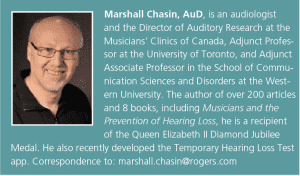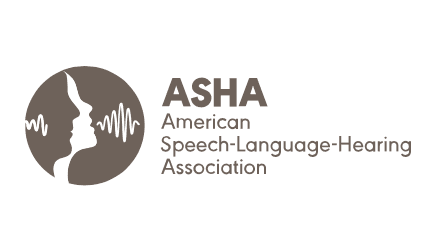Back to Basics | November 2019 Hearing Review
Like all healthcare fields where the clinician needs to explain complex concepts to the lay public, metaphors are used. In the optical field, “nearsighted” and “farsighted” are actually good metaphors despite their simplicity and academic inaccuracy. In the field of audiology, we have the description of the audiogram with the piano keyboard across the top; a good explanation, but limited in that it’s only the right hand side of the keyboard and musical notes are not pure-tones.
While the use of metaphors can be convenient short forms, they are not without their limitations; after all they are merely metaphors. One of our worst metaphors that ever found its way into textbooks is “asymptotic hearing loss.”
In mathematics, an asymptote—other than being very difficult to spell—simply refers to a curve that approaches a value but never quite reaches it. Equations such as y=1/x2 nicely describe the fall-off of sound level as it degrades over a distance (ie, the inverse square law) but never quite reaches zero. Yet, because of the limitations of our own hearing thresholds, it effectively does.
In the field of noise exposure, asymptotic hearing loss refers to the fact that “changes” in hearing thresholds gradually become smaller and smaller over the years. For an unprotected worker in industry or a musician in a band or an orchestra, the greatest measured permanent hearing loss may occur over the first 5 years, with less occuring over the next 5 years, less over the subsequent 5 years, etc, as if it is asymptotic. But, unlike a true asymptote, hearing loss does continue to decrease as long as the worker or musician is exposed to high sound levels that exceed their maximum dose.
Ulf Rosenhall and his colleagues1 in 1990 showed this nicely, where they demonstrated the increasing hearing loss related to noise exposure over time, but also its increase at a “decreasing rate” (Figure 1). The literature refers to this as asymptotic hearing loss even though— unlike a true asymptote—it does continue to increase.

Figure 1. “Asymptotic hearing loss” doesn’t really live up to its mathmatical metaphor. Although it might be true the first five years of noise exposure may result in the lion’s share of the hearing loss, the subsequent years certainly do matter! Adapted from Rosenhall et al.1
Words matter, and the term “asymptotic” sometimes gets in the way of an accurate description. Unfortunately, it is not unusual for various workers’ compensation boards to deny a worker’s claim for hearing loss in situations where a sole audiogram was 10 or so years after removal from the noise. Some claims adjudicators have misinterpreted “asymptotic hearing loss” to mean that hearing loss simply does not progress—where indeed it does. Some of the progression may indeed be related to presbycusis, but most jurisdictions handle this properly with a “presbycusis correction” for ages over 60. However, attributing a worker’s hearing loss simply to presbycusis and ignoring the progressive effects of noise or music exposure is simplistic and based more on the metaphor than reality.
And, on only a slightly different topic, we shouldn’t ignore the important, but not well-known, research of George Gates and colleagues2 which shows that hearing loss continues to progress as a result of the noise exposure—even though a worker is retired and away from noise. This flies in the face of the policies of many compensation boards in various jurisdictions, but this further deterioration (especially at 2000 Hz) does occur—an article that is definitely worth re-reading!
Citation for this article: Chasin M. Asymptotic hearing loss: When is a metaphor just a metaphor? Hearing Review. 2019;26(11):14.
References
-
Rosenhall U, Pedersen K, Svanborg A. Presbycusis and noise-induced hearing loss. Ear Hear.1990;11(4):257-263.
-
Gates GA, Schmid P, Kujawa SG, Nam B-H, D’Agostino R. Longitudinal threshold changes in older men with audiometric notches. Hear Res. 2000;141(1-2):220-228.





